Subscribe to our ▶️ YouTube channel 🔴 for the latest videos, updates, and tips.
Geometrical Shapes
2nd grade geometrical shapes play an important role to understand the basic shapes we come across in our everyday life.
Some basic shapes in geometry are shown so, that kid’s can recognize, understand and learn the shapes that helps them to practice the different geometrical worksheet on shapes.
In geometry, there are many geometrical shapes such as Triangle, Square, Rectangle, Circle, Cuboid, Cube, Sphere, Cylinder, Cone, Prism etc.
Geometrical shapes are the shapes which represent different forms of objects based on their dimensions. Some shapes are known as two-dimensional shapes (2-D) and some shapes are known as three-dimensional shapes (3-D).
There are two kinds of shapes. Plane Shapes and Solid Shapes.
Plane shapes are also known as two dimensional shapes (2-D).
I. Plane Shapes:
Face of a plane figure is given below. The face has sides. The sides meet at the corners.
Some examples of plane figures are triangle, square, circle, rectangle etc.
Description of Plane Figures:
|
It is a triangle. A triangle has 3 sides and 3 corners. |
|
It is a square. A square has 4 sides and 4 corners. All the sides of a square are equal. |
|
It is a rectangle. A rectangle has 4 sides and 4 corners. The opposite sides of a rectangle are equal. |
|
It is a circle. A circle has no corner. It is a closed curve. |
II. Solid Shapes:
We see a variety of shapes in objects. Objects mostly have one or more geometrical shapes like the following.
These types of shapes are called three dimensional (3-D) shaped solids. All these geometrical shapes have faces. We have learned about faces like triangular faces, rectangular face, square face and circular face. All these faces are flat but some are curved. The cylinder, sphere, cone etc. have curved faces.
● Cuboid:
The faces of a cuboid are either rectangular or square. Thus, a cuboid has all 6 faces flat.
Edges and Corners of Cuboid:
A cuboid is a solid shape with 6 faces, 8 vertices and 12 edges.
Opposite faces and opposite edges of a cuboid are equal.
Brick, eraser, match box, almirah etc. are the examples of cuboidal.
Note: If a pencil is run along the edge of a cuboid, we get a rectangle.
● Cube:
All the faces of a cube are flat. So a cube has flat faces.
Edges and Corners of Cube:
A cube is a solid shape with 6 faces, 8 vertices and 12 edges.
Dice, ice-cubes, sugar-cube etc. are cubical objects.
Note: If a pencil is run along the edge of a cube, we get a square.
A square has all the four sides equal.
So, all the faces of a cube are equal to each other.
So, what is the difference between a cube and a cuboid?
The only difference from the cuboid is that all its faces and edges are equal.
All the faces of a cuboid need not be equal to each other.
But if they are, then the cuboid will be known as a cube.
● Sphere:
A sphere has one face and this face is curved. Thus, a sphere has a curved faces.
Surface of Sphere:
Sphere has only 1 face. It has no vertex and no edge.
A sphere is a solid shape with 0 edges and 0 vertices.
Ball, marble, beads etc. are the examples of spherical objects.
|
Do you know the earth we live in is a sphere? |
 |
● Cylinder:
A cylinder has three faces. If a cylinder stands erect, its bottom face and top face are like circles. The bottom and top faces of a cylinder are flat. The third face is a curved face.
Surface of Cylinder:
A cylinder has 3 faces (2 plane and 1 curved), 2 edges and no vertex.
|
A cylinder is a solid shape with curved face, 2 flat faces and 0 vertices.
Gas cylinder, test-tube, pipe etc. are the examples of cylindrical objects.
Note: If a pencil is run along the flat face of a cylinder, we get a circle.
● Cone:
A cone has two faces. One is curved and the other is circular and flat.
Surface and Corner of Cone:
A cone has 2 faces (1 plane and 1 curved), 1 vertex and 1 edge.
A cone is a solid shape with 1 curved face and 1 flat face.
It has 1 vertex.
Carrot, radish, clown's cap etc. are the examples of conical objects.
● Prism
A prism has five faces. Three faces are rectangular and two faces are triangular. All the five faces are flat.
Notes:
Children should themselves find out from the surroundings different objects having different geometrical shapes.
We see many objects in our surroundings. These objects in our surroundings have the shape of any one or combination of many of the solids which are given below.
A Tomato Looks Like a Sphere.
A Dice Looks Like a Cube.
A Can Looks Like a Cylinder.
A Book Looks Like a Cuboid.
A Carrot Looks Like a Cone.
A
Mug Looks Like a Cylinder.
Plane and Curved Surfaces of Geometrical Shapes
We know that some solids have flat surfaces and others have curved surfaces. Surface is the portion of a solid object that we can feel when we touch them. A foot ball has a curved surface.
The book has plane or flat surface.
Solids with curved surfaces can roll or slide.
Solids with flat surfaces do not roll.
In geometry we term the faces of any object as surfaces. We can touch and see the surface of an object.
There are two kinds of surfaces.
(i) Flat or plane surface
(ii) Curved surface
(i) Flat or plane surface:
Objects having the shape of a cuboid, cube or prism have plane surfaces. The surface of paper, top of a table or box etc. are plane surfaces.
(ii) Curved surface:
Objects having the shapes of sphere or unplained surface of a cylinder have curved surfaces. The surface of a football, cricket ball, round bottle, orange, grapes, mango etc. are curved surfaces.
Spatial - relationship:
If an object is in its standard position, it has its top, bottom and sides as indicated in the following:
The uppermost portion of an object is called its top.
The lowermost portion of an object is called its bottom.
We may place any article on the top but now below the bottom of an object.
We can put something inside a vessel, box, almirah, etc. In a bucket we can store water or some other liquid. Inside a box we place our clothes. On a tray we can have fruits or vegetables.
Thus, in any vessel, box, almirah, refrigerator etc. there is empty place inside, where we can put some objects. There may be other articles inside.
SOLIDS GEOMETRICAL SHAPES WHICH CAN ROLL OR SLIDE:
|
Look at this Road Roller. What is the shape of its front wheel? Oh! Yes it is like a cylinder. How does it move on the road? It rolls on the road. So, a cylinder can roll. It has a curved face and circular ends. |
|
Push a ball on a smooth floor. How does it move? Yes it also rolls. So a sphere can also roll. A sphere is also of circular shape. |
|
Let us put our book on the smooth tabletop. Will it also roll? No, it will not roll. It has flat faces. |
|
You enjoy playing on a slide in your school ground. What will happen to a solid cube, if you place it on the top of the slide? Will it slide or roll? It will slide. Its faces are flat. |
Geometrical Solids which have curved or circular faces, roll when moved.
Solids, which have only flat faces, slide on moving.
ROLLING DOWN A SLOPE
Cube: If a cube is placed on a slight slope, will it roll down the surface?
No, it will not because a cube has a flat face.
Cuboid: If a cuboid is placed on a slight slope, will it roll down the surface?
No, it will not because a cuboid has a flat face.
Sphere: If a sphere is placed on a slight slope, will it roll down the surface?
Yes, it will! This is because a sphere has a curved face.
Cylinder: If a cylinder is placed on its side on a slight slope, will it roll down the surface?
Yes, it will! This is because it rolls down on its curved face.
What if a cylinder is made to stand on its flat face? Will it still roll down?
No, it will not! This is because it stands on a flat face.
Cone: If a cone is placed on its curved face on a slight slope, will it roll down the surface?
Yes! It will roll down on its curved face. See what happens to the cone after some time. Does it stop after some time?
Note: Solid objects with curved faces can roll down a slope. Solid objects with flat faces cannot roll down a slope.
Questions and Answers on Geometrical Shapes:
1. Write F for the objects which has flat surface and C for curved surface.
Answer:
(i) C
(ii) F
(iii) C
(iv) F
(v) C
(vi) C
(vii) F
(viii) C
2. Complete the table.
Answer:
2. Cube:
Number of Corners - 8
Number of Edges - 12
Number of Faces: 6
Cuboid:
Number of Corners - 8
Number of Edges - 12
Number of Faces: 6
Cylinder:
Number of Corners - 0
Number of Edges - 0
Number of Faces: 3
Cone:
Number of Corners - 1
Number of Edges - 0
Number of Faces: 2
3. What will you get if you run a pencil along the edge of the following objects?
|
(i) A coin |
__________ |
|
(ii) A book |
__________ |
|
(iii) A dice |
__________ |
|
(iv) A bangle |
__________ |
Answer:
3. (i) circle
(ii) rectangle
(iii) square
(iv) circle
4. Count and colour the shapes.
|
(i) |
(ii) | ||
|
(a) Circles __________ (b) Cones __________ (c) Rectangles __________ (d) Squares __________ (e) Triangles __________ |
(a) Circles __________ (b) Cones __________ (c) Cylinder __________ (d) Rectangles __________ (e) Squares __________ |
Answer:
4. (i) (a) Circles: 6
(b) Cones: 1
(c) Rectangles: 2
(d) Squares: 4
(e) Triangles: 2
(ii) (a) Circles: 4
(b) Cones: 2
(c) Cylinder: 1
(d) Rectangles: 4
(e) Squares: 3
5. Fill in the blanks.
(i) A rectangle has _____ sides.
(ii) A cuboid has _____ vertices.
(iii) A triangle has _____ corners.
(iv) A cube has _____ edges.
(v) A circle has _____ vertices.
(vi) A sphere has _____ face.
Answer:
5. (i) 4
(ii) 8
(iii) 3
(iv) 12
(v) 0
(vi) 0
6. If a pencil is run along the
(i) edge of a cube, we get a __________ .
(ii) edge of a cuboid, we get a __________ .
(iii) flat surface of a cylinder, we get a __________ .
(iv) flat surface of a cone, we get a __________ .
Answer:
6. (i) rectangle
(ii) square
(iii) circle
(iv) circle
7. Ring the solid figures that will not roll down if placed on a slight slope.
(i) Cylinder
(ii) Cuboid
(iii) Cone
(iv) Cube
(v) Sphere
Answer:
7. (ii) Cuboid
(iv) Cube
8. Name the shapes which have the following:
|
(i) No edge (ii) Six square faces (iii) No vertices (iv) Three faces (v) One edge (vi) Eight vertices |
_______________ _______________ _______________ _______________ _______________ _______________ |
Answer:
8. (i) Sphere
(ii) Cube
(iii) Cylinder / Sphere
(iv) Cylinder
(v) Cone
(vi) Cuboid / Cube
● Geometry
- Fundamental Concepts of Geometry
- Points and Line Segment
- Geometrical Shapes
- Two Dimensional Shapes and Lines
From Geometrical Shapes to HOME PAGE
Didn't find what you were looking for? Or want to know more information about Math Only Math. Use this Google Search to find what you need.
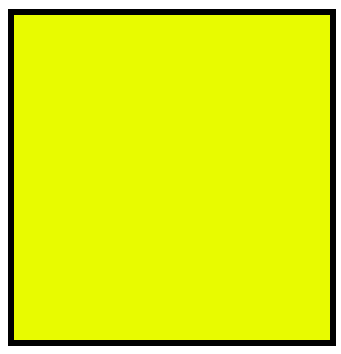
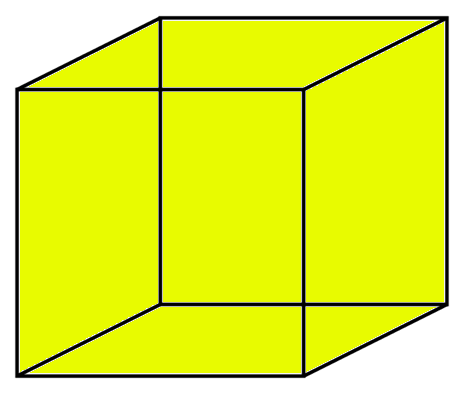
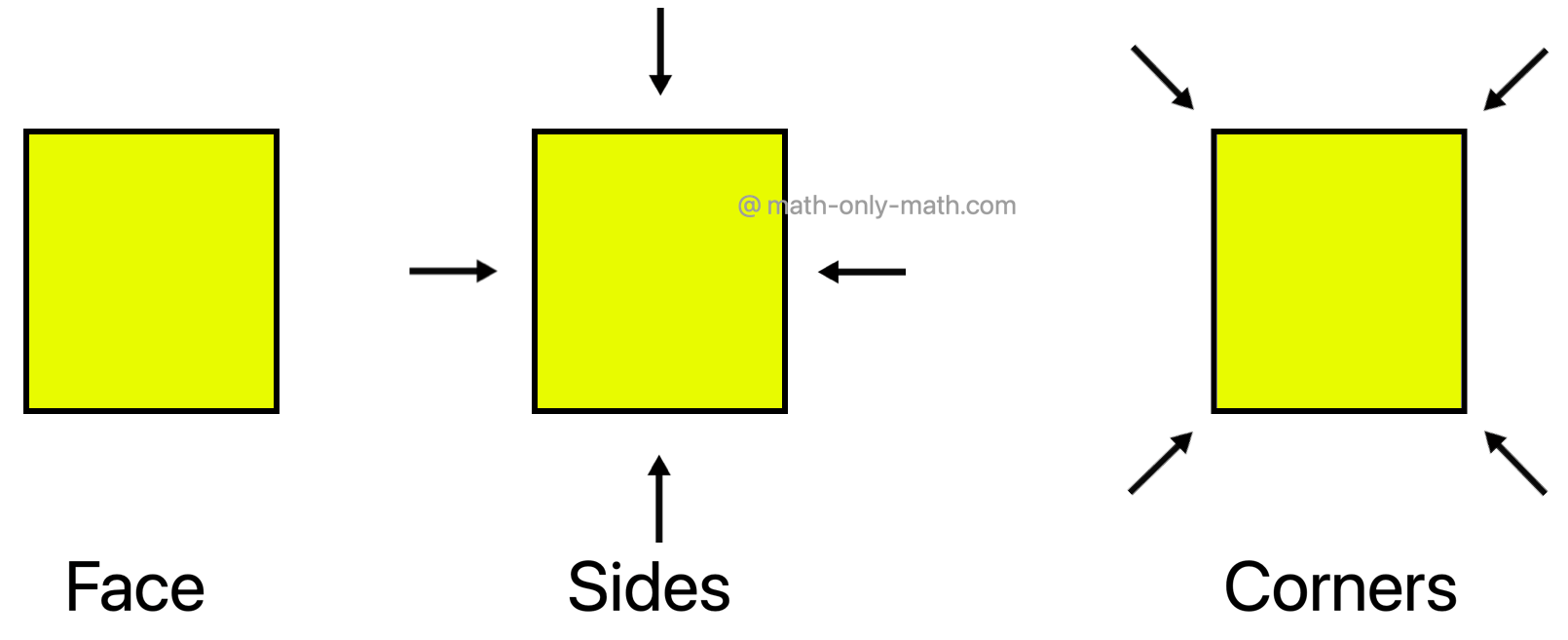
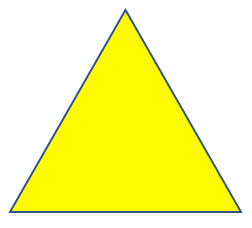
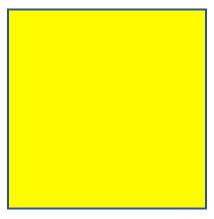
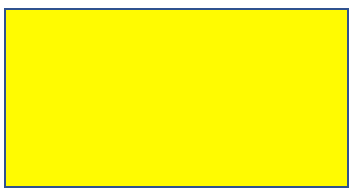
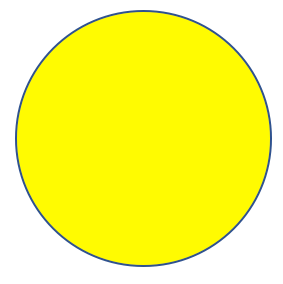

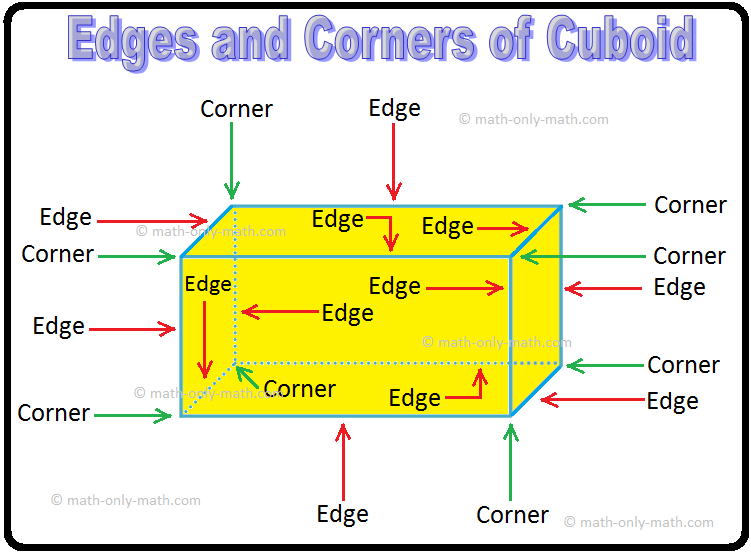

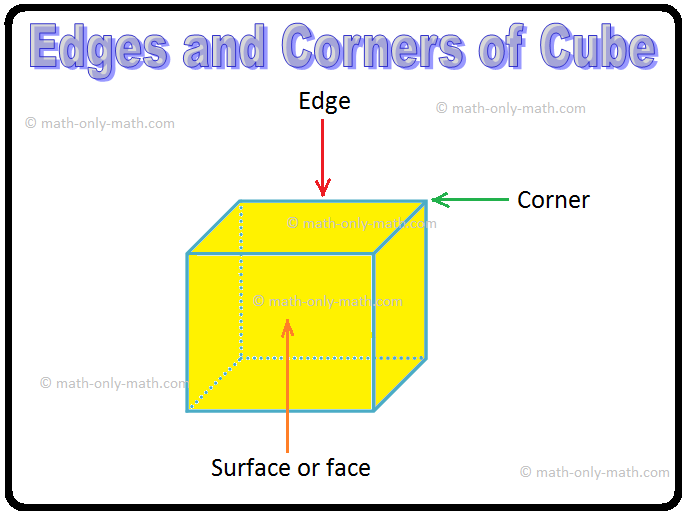

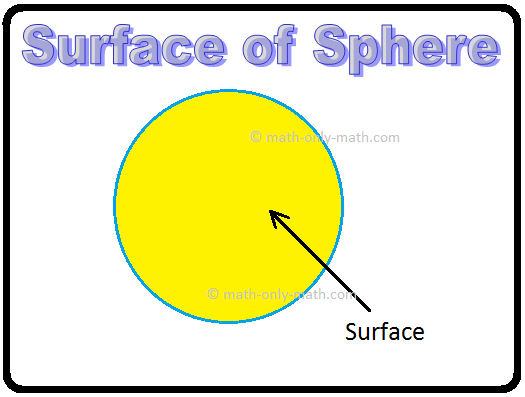
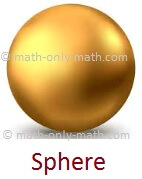
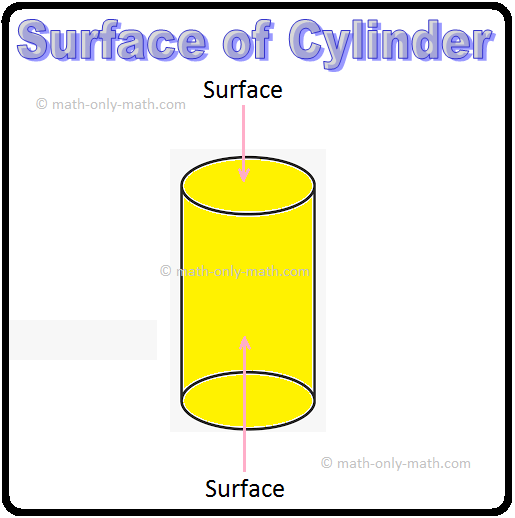
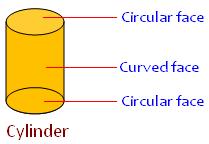
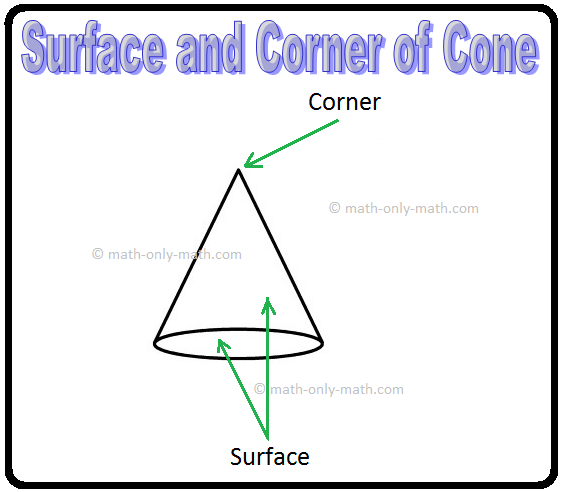
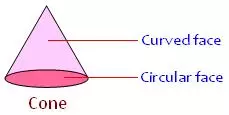
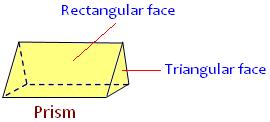
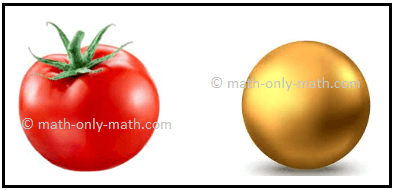
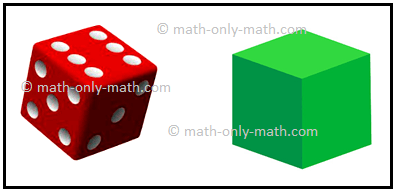
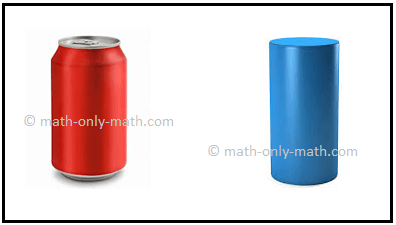
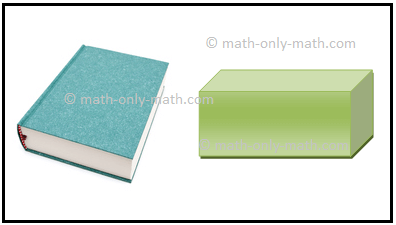
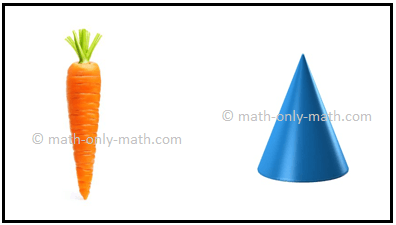
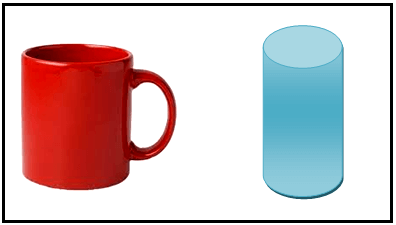

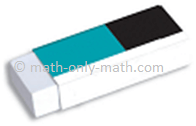
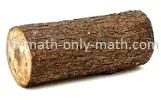
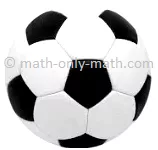
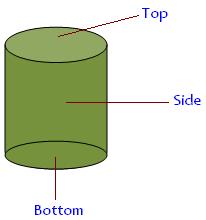
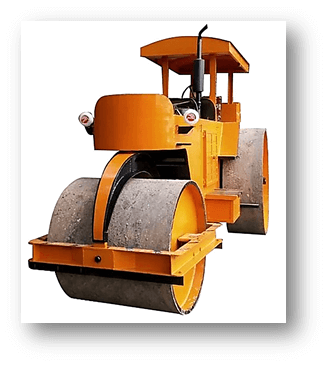
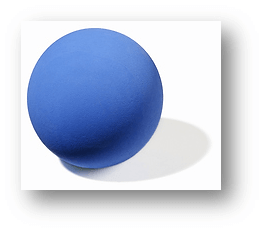
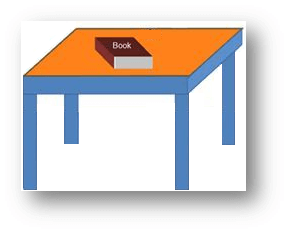
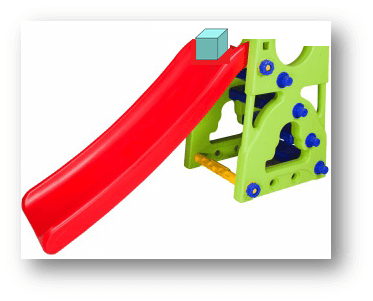
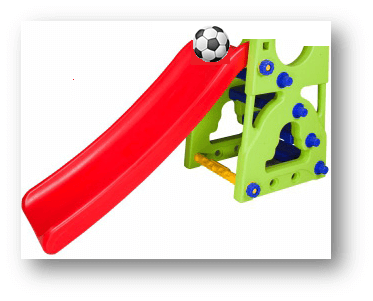






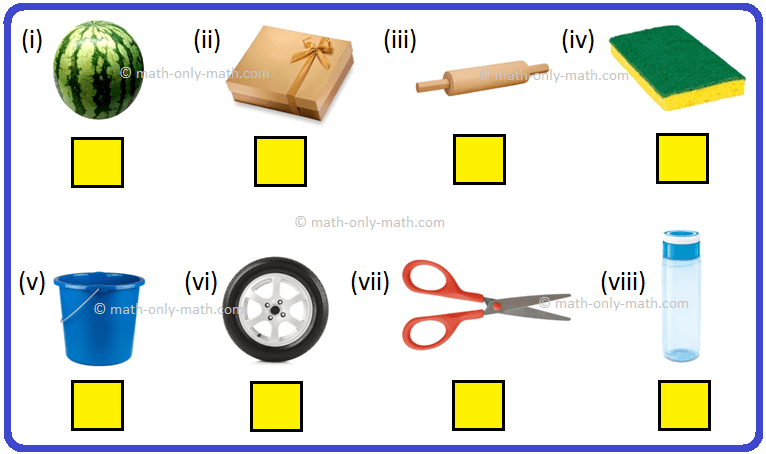
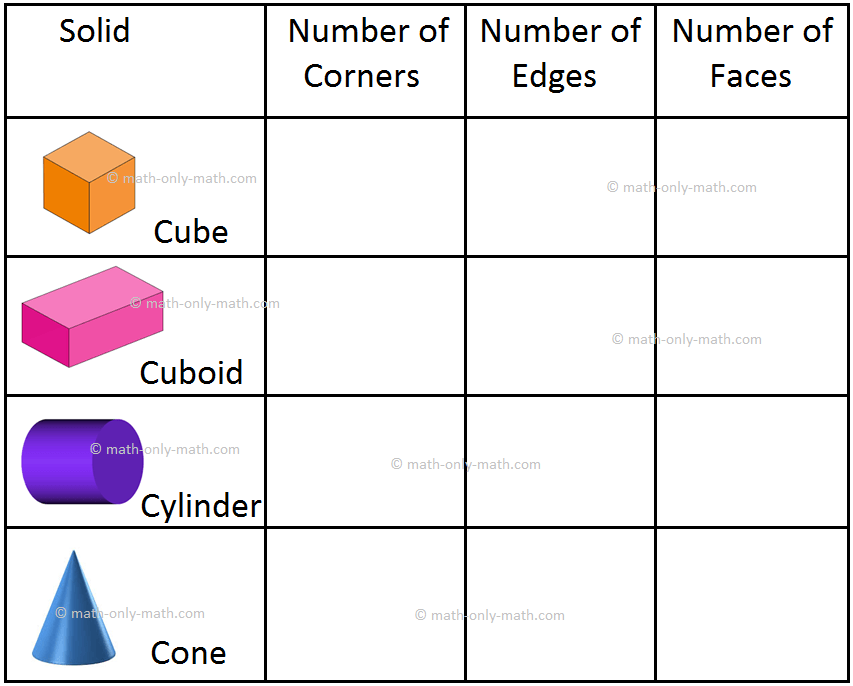
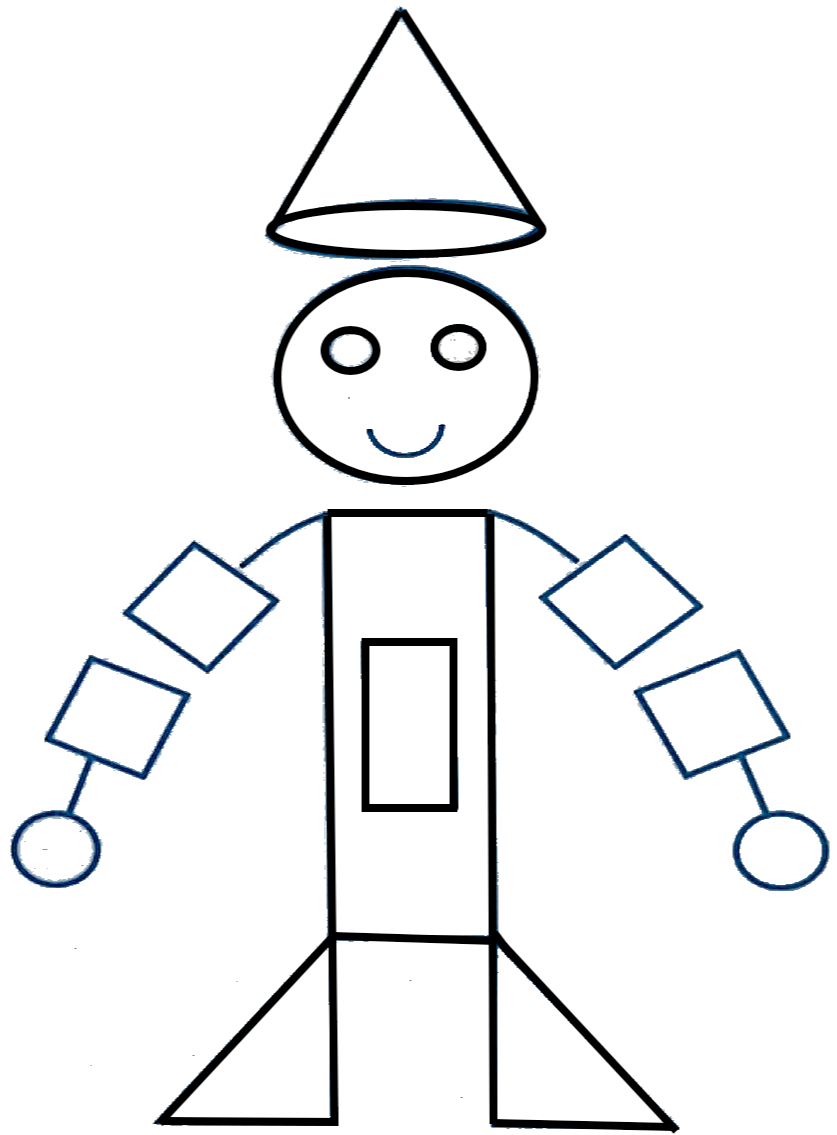



New! Comments
Have your say about what you just read! Leave me a comment in the box below. Ask a Question or Answer a Question.